Yesterday’s Super Bowl LIX witnessed a halftime show that will go down in history. Kendrick Lamar, known for his sharp lyricism and powerful social messages, delivered a performance that was loaded with symbolism, political references and surprise appearances that left everyone talking. More than just a musical performance, Lamar’s show was a cultural manifesto that celebrated his heritage, his city and his stance on various social issues.
A Passionately Political and Cultural Show
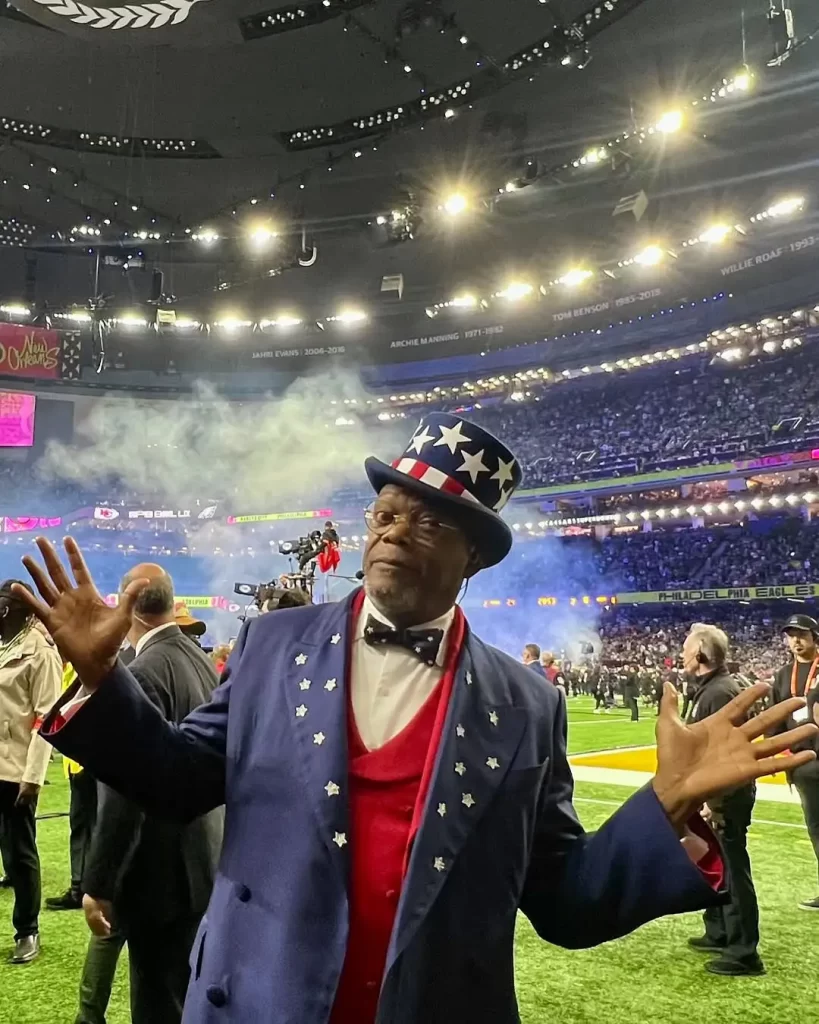
From the moment Samuel L. Jackson appeared on stage dressed as the iconic ‘Uncle Sam‘, it was clear that this would not be a conventional halftime show. With his trademark serious and mocking tone, Jackson welcomed Lamar and praised his selection of songs like “All the Stars” and “Lust,” only to be interrupted when Lamar launched into a live version of his fierce diss track “Not Like Us.” The irony in Jackson’s performance did not go unnoticed, functioning as a veiled critique of censorship and institutionalized racism.
Surprise Guests and Profound Messages
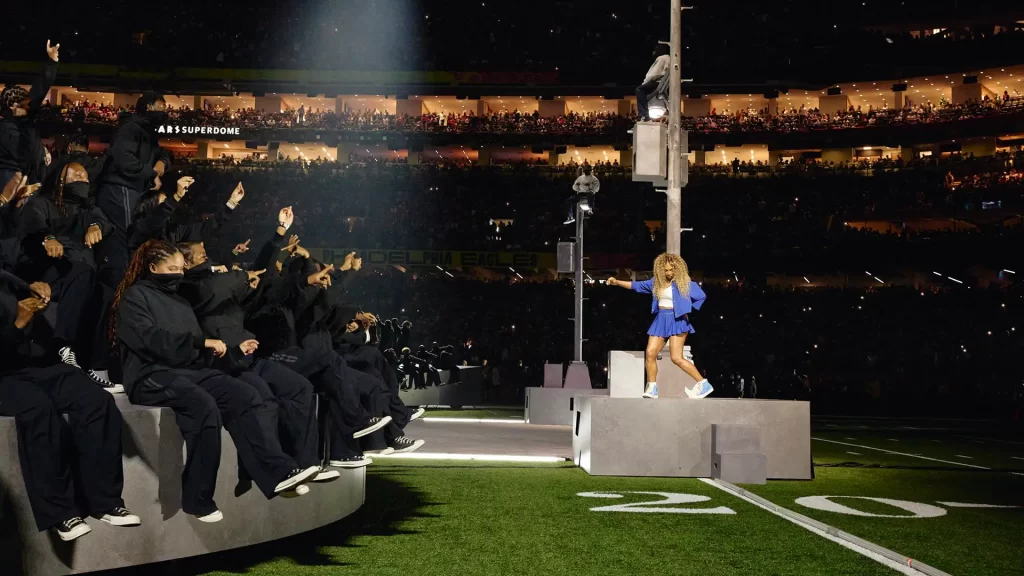
In addition to Jackson’s participation, the show featured the talented SZA, who shared the stage with Lamar in an unexpected moment. However, one of the most talked about appearances of the night was that of Serena Williams. The tennis legend, with her roots in Compton, surprised the audience by executing a flawless C-walk during “Not Like Us.” This gesture was not only a tribute to her home neighborhood, but some interpreted it as a subtle dig at Drake, who she was once rumored to have dated.
A Display of Symbolism
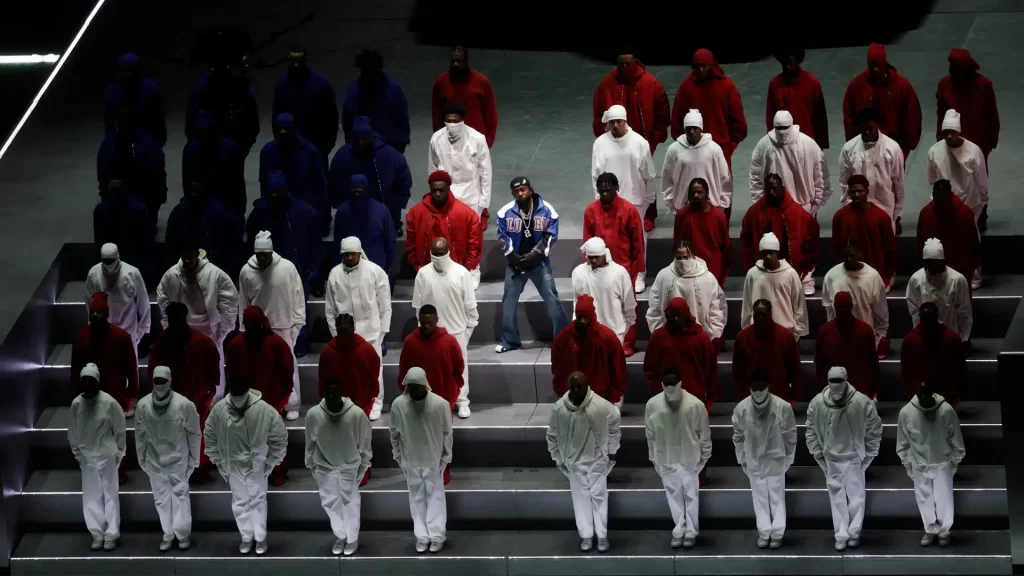
Lamar’s visual spectacle was meticulously designed. His dancers sported monochromatic red, white and blue outfits, representing the colors of the American flag. However, during the performance of “HUMBLE.”, the black dancers formed the flag with their bodies, splitting into two halves with Lamar in the center. This powerful image was seen as a commentary on the racial and social divisions that persist in the country.
But the symbolism did not end there. Lamar began his performance behind the wheel of a black Buick GNX, an iconic automobile that represents perseverance, struggle and triumph. This detail not only served to emphasize his journey from Compton to stardom, but also reinforced the idea that his success is the result of resilience in the face of adversity.
Protest and Controversy
Lamar’s show also served as a platform for protest. In an unexpected moment, a protester briefly appeared with a banner that included the flags of Palestine and Sudan. This act, though brief, added another layer of political discourse to the performance and sparked a myriad of reactions on social media.
“Game Over”: A Direct Message to Drake
One of the most talked about aspects of the night was the way Lamar used his show to reassert his superiority in his feud with Drake. From his song selection to his onstage gestures, everything seemed designed to make it clear that the Compton rapper has not only emerged victorious in his showdown with Drake, but that he’s willing to rub it in his opponent’s face. To close his presentation, Lamar simply said “Game over,” a bold statement that made it clear that, at least in his mind (and in the minds of many of his fans), the battle is already decided.
Criticism and Recognition
The character of ‘Uncle Sam,’ played by Samuel L. Jackson, also played a key role in sarcastically criticizing Lamar’s dancers, describing them as “too loud, too reckless and too ghetto.” This comment, while humorous, served as a reflection of the criticisms that have historically been directed at black culture in the media and in American society.
A Halftime Show for the ages
Beyond the music and visual spectacle, Kendrick Lamar’s halftime show at Super Bowl LIX was a full-fledged statement. With powerful messages, luxury guests and a staging loaded with symbolism, Lamar proved that such a massive event can serve more than just entertainment: it can also be a platform for social critique, protest and reaffirmation of cultural identity.
This show will go down in history not only for its artistic quality, but also for Lamar’s courage in using his space on the world’s largest stage to speak his mind, without apology.



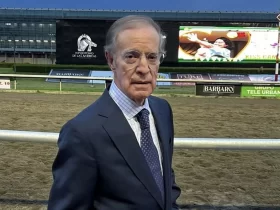



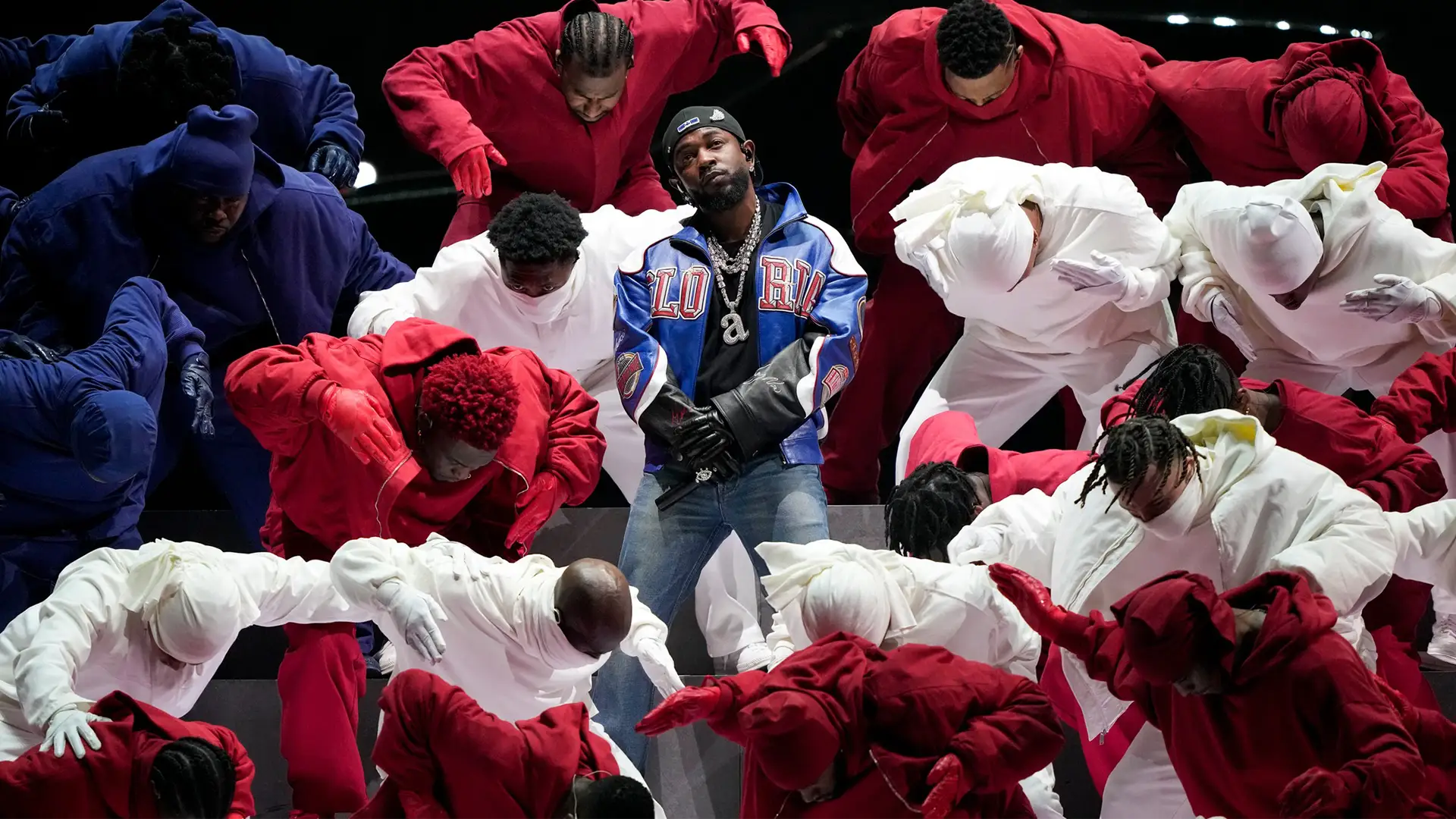






























Leave a Reply